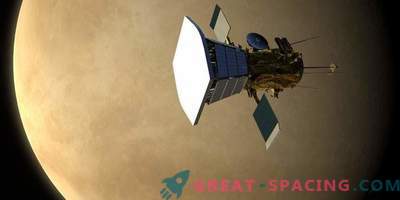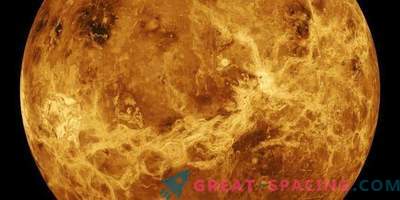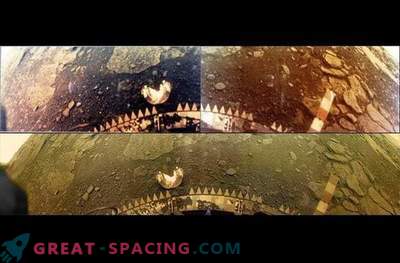
These days, if you look to the west, immediately after sunset you will see a bright star, which will first appear in the sky. But it will not be quite a star, it is our neighboring planet Venus. Covered with a dense layer of clouds, Venus not only reflects a large amount of sunlight, but also hides its surface from observations.
But through the clouds of Venus can easily penetrate the radar, which were used on the NASA Magellan spacecraft in the 1990s, as well as on the Pioneer apparatus and the Soviet spacecraft Venus in the 80s. These missions provided incredibly detailed maps of the surface of Venus, but they could not track changes in the surface that occurred either suddenly or over a short period of time. These changes could indicate the geological and weather processes of the planet.

An image of Maxwell Mountain, the highest mountain range of Venus, taken by the Arecibo / BBT radar in 2012.
Fortunately, thanks to modern capabilities of powerful ground-based radar observatories, scientists were able to create a global map of Venus right here on Earth. The image above was taken with a radar installed at the Arecibo Observatory in Puerto Rico, as well as with the 100-meter parabolic radio telescope of the National Radio Astronomy Observatory installed in West Virginia. Similar observations were made in 1988, 1999, 2001, and most recently in 2012. Comparing these studies helps shed light on any activity on the surface of Venus. “This painstaking work of comparing radar images is necessary to find evidence of changes on the surface,” said Bruce Campbell, a senior fellow at the Center for Earth Study and Planetary Research at the Smithsonian Institution Museum. "Meanwhile, a comparison of these images with previously obtained gives us an idea of the processes occurring on the surface."
Venus seems to have a relatively young surface, as well as hilly terrain with little tectonic activity. Although it is not yet known whether any geological processes are occurring now, but there are a couple of volcanoes that scientists believe have been active for the last couple of millions of years.











































